Choosing the right shoes for your child is always important—but when your child has an orthopedic condition, it becomes essential. The wrong shoes can worsen alignment issues, delay healing, or increase discomfort, while the right footwear can support development, improve walking patterns, and reduce strain on growing bones and joints.
In this post, we’ll explain what to look for in children’s shoes when orthopedic concerns are present—and when it’s time to seek professional advice.
Why Footwear Matters for Orthopedic Health
Your child’s feet are the foundation of their movement. Orthopedic concerns like flat feet, toe walking, knock knees, in-toeing, or recovering from clubfoot correction require stability, support, and comfort during every step.
The right shoes can:
- Support proper alignment of feet and ankles
- Reduce pain or fatigue during walking
- Complement bracing or orthotics
- Promote better posture and gait
- Prevent future joint strain or deformity
Key Features to Look for in Orthopedic-Friendly Shoes
Not all children’s shoes are created equal. Here’s what to prioritize:
1. Firm Heel Counter
A sturdy heel helps keep the back of the foot stable, especially in kids with flat feet or weak ankles.
2. Arch Support
While most children don’t need arch support, those with orthopedic issues may benefit from built-in or custom arch support to correct alignment and reduce pain.
3. Wide Toe Box
Toes should have room to move freely. A narrow toe box can worsen deformities or cause discomfort in children wearing braces or orthotics.
4. Cushioned Insoles
Shoes with soft, shock-absorbing soles help children with joint pain or gait issues stay comfortable for longer periods of walking.
5. Adjustable Closures (Velcro or Laces)
These provide a better fit and accommodate swelling, braces, or orthotic inserts. Avoid slip-ons, which offer little support.
6. Lightweight but Supportive Design
Heavy shoes can tire small legs. Look for shoes that are both stable and easy to lift.
7. Non-Slip Outsoles
Good traction prevents falls—especially important for children with balance issues or recent orthopedic surgery.
Common Orthopedic Conditions and Shoe Considerations
Flat Feet:
Choose shoes with arch support and motion-control soles. Orthotics may be needed.
Toe Walking:
Look for high-top shoes or shoes with firm ankle support to discourage toe walking. Bracing may also be used.
Clubfoot (Post-Treatment):
Children may need custom shoes or wear foot abduction braces. Use supportive shoes when not in the brace.
In-Toeing or Out-Toeing:
Supportive, straight-lasted shoes with proper foot alignment help guide correction.
Knee or Hip Concerns:
Shoes with proper arch support and heel alignment reduce joint strain and support proper posture.
When to Consider Orthotics or Bracing
If supportive shoes alone don’t help, your child may need:
- Custom orthotic insoles
- AFOs (Ankle-Foot Orthoses)
- Special braces for conditions like clubfoot or cerebral palsy
At Child OrthoCare, we evaluate each child’s unique walking pattern and recommend the right footwear or orthotic solutions as part of an integrated treatment plan.
Avoid These Common Shoe Mistakes
- Buying oversized shoes “to grow into”—they cause instability
- Choosing trendy shoes over supportive ones
- Ignoring signs of discomfort, limping, or unusual wear patterns
- Using worn-out shoes for children who need orthopedic support
Why Choose Child OrthoCare?
At Child OrthoCare, we don’t just treat orthopedic conditions—we guide you through every detail of your child’s care, including footwear advice and orthotic recommendations.
Led by Dr. Nargesh Agrawal, an expert Pediatric Orthopedic Surgeon, our team is here to support your child’s walking, posture, and foot development with evidence-based solutions and personalized care.
Give Your Child the Right Start, Step by Step
If your child has an orthopedic concern, their shoes can make a world of difference.
Schedule a consultation with Child OrthoCare today to find out what footwear—and treatment—will best support your child’s growing feet.





